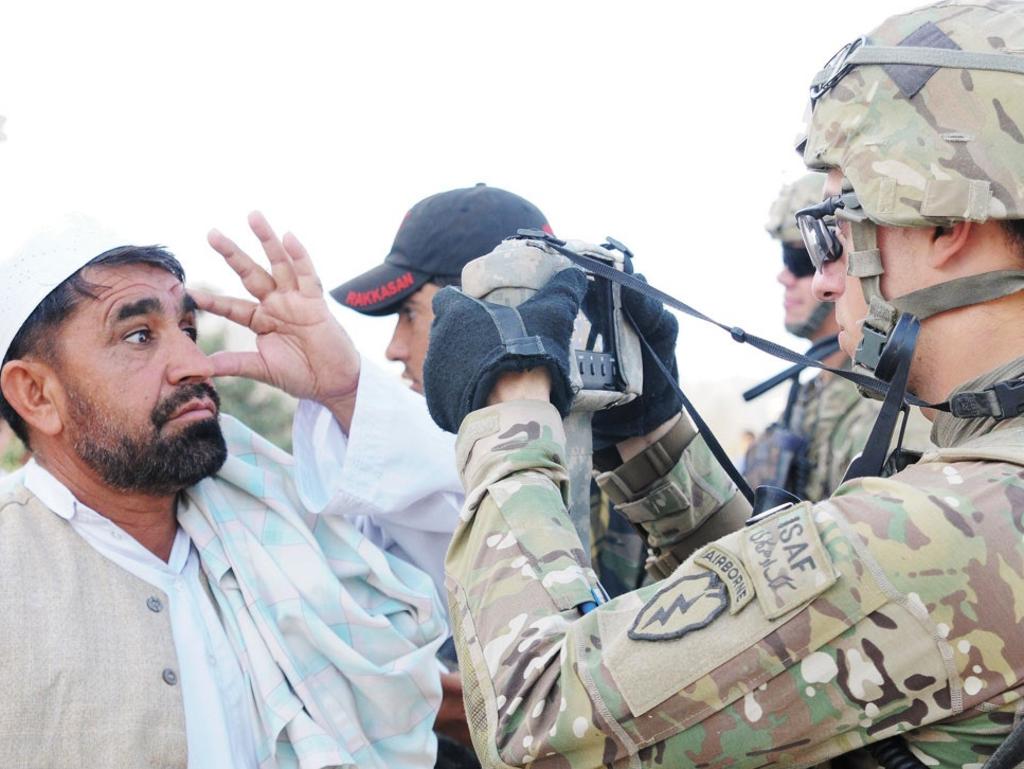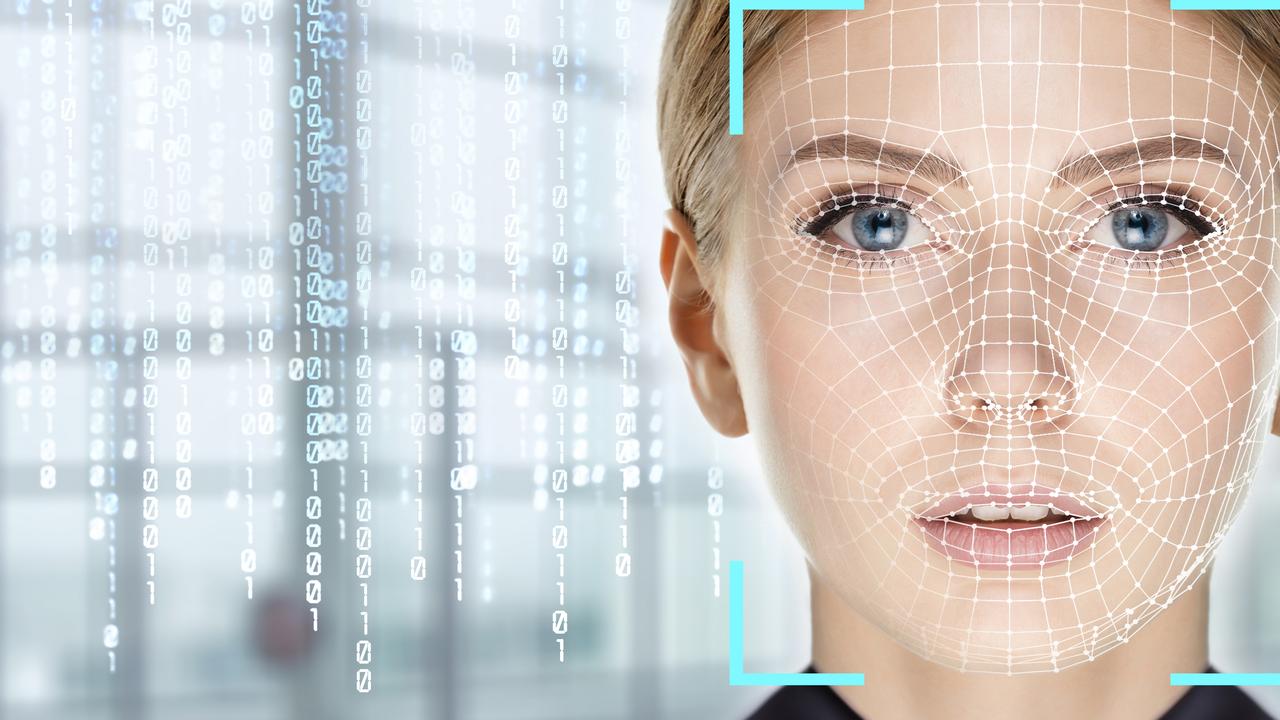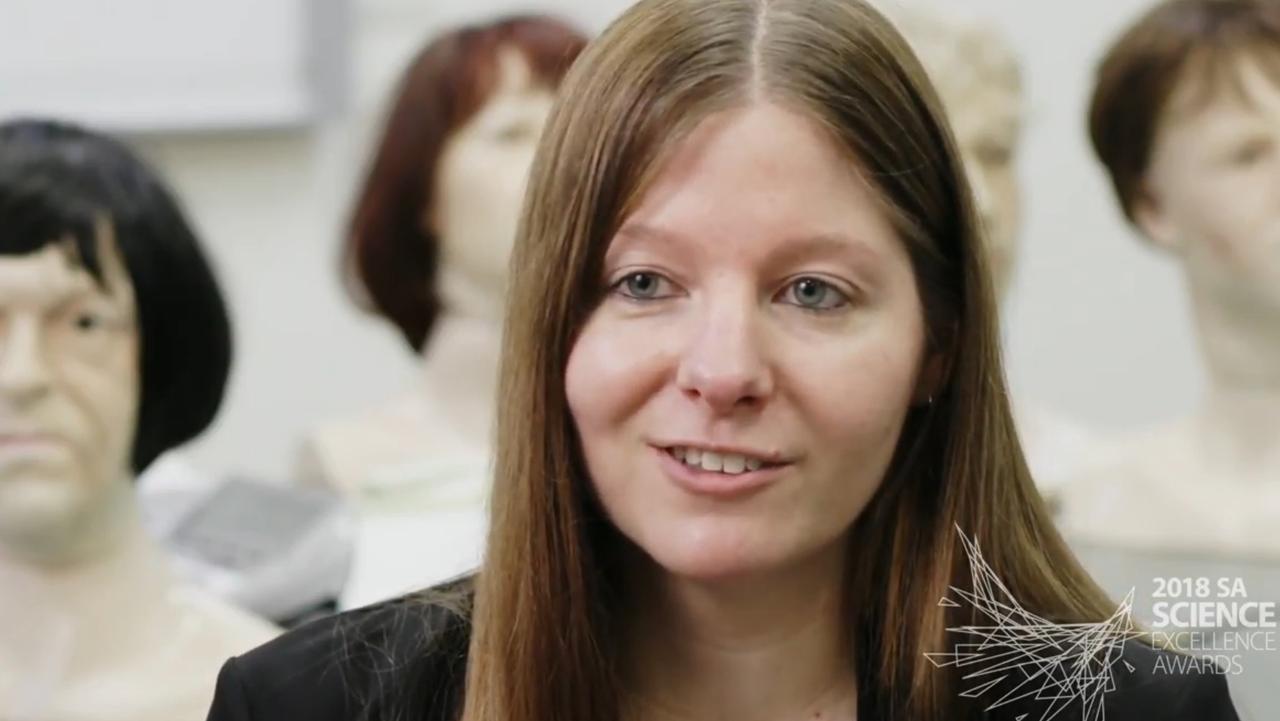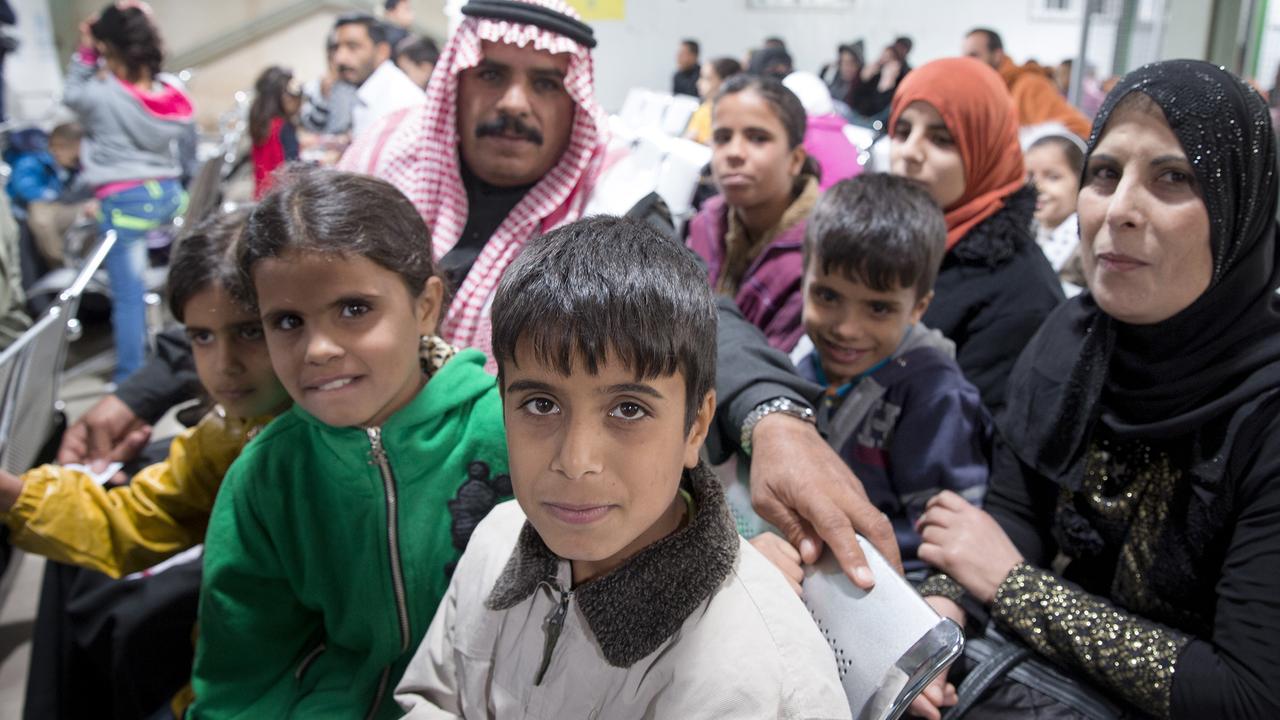Defence scientist creates child facial recognition technology to help with trafficking, abductions
A team of Defence scientists from South Australia are now in demand globally to help stop serious child crimes including trafficking and abductions.
A defence scientist has inadvertently become one of the most in-demand detectives in the world, with her ground breaking work on child facial recognition technology attracting appeals for help from dozens of law enforcement, border control and missing persons agencies.
Dr Dana Michalski never imagined she would one day be involved with police combating serious crimes against children including child trafficking, abductions, missing persons, custody disputes, child soldiers and radicalised minors.
But in 2011 the scientist from the Defence Science and Technology Group (DSTG) laboratory in South Australia was working on confidential facial biometrics for military and national security agencies when she recognised there was a technology gap when it came to children.
Ten years on, and there are law enforcers from countries she has never heard off asking for her and her team’s insight.

“I was surprised, I didn’t really realise that at the beginning of my PhD just how many law enforcement and national security contexts there were just trying to help vulnerable children until I got into it and requests were just coming in from everywhere really,” she explained.
“From all over the world, US law enforcement, UK, Europe all sorts of things … biometrics is something Defence uses but because we work for national security as well it came about that several agencies were trying to understand how technology works with images of children to help with things like missing children, human trafficking, exploitation and borders with passports.

“Everything we do really does have dual use, even if it doesn’t seems like it, it really does and all of that knowledge and capability that is being developed has potential and value within Defence as well as benefits for others.”
Conventional biometric systems struggle to read a child’s face as they become older and so she began pioneering research working with millions of paired images to upgrade algorithm technology that powers facial recognition systems and also develop evidence-based training for human face-matching specialists working for police and other agencies.

Some forensic examiners around the world still work manually from photographs, attempting to compare images from childhood to adulthood, where DNA is not available, to establish matched identity. Technology is now available to help, and the DSTG has been working in collaboration with client agencies, such as the Australian Federal Police, DFAT and US Department of Homeland Security and US National Centre for Missing and Exploited Children, to suggest data sets and techniques to break through.

She and her team also developed a training program to enhance the skills of child face-matching specialists both in Australia and overseas.
“Identifying children is particularly challenging because their faces change so much as they develop,” Dr Michalski said. “Their facial features are changing in different directions and at different times, and different features are changing at different rates.”

While biometric technology helps, there has to always be a human involved in the process and for this Dr Michalski said she and her team have also been helping refine processes.
“We have to be careful because we are a research organisation and as well it’s better to defer to forensic examiners that actually properly do it rather than me do it because I don’t write manual reports and cases files, whereas we know the people that are trained in the world who do it every day rather than me that trains those people,” she said.
“For us it’s just about providing that advice back to agencies to make sure they really can do it as effectively as possible and even if the youth case in each of the national security agencies are quite different, we can provide training and advice and in some cases different technologies where they don’t have access.”
More Coverage
Originally published as Defence scientist creates child facial recognition technology to help with trafficking, abductions




